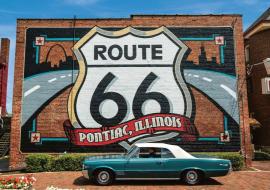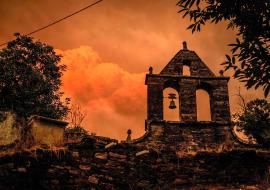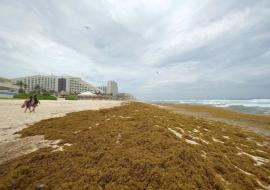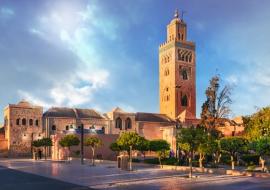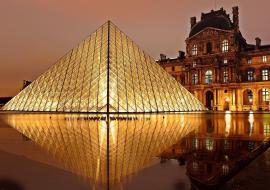Santiago de Cuba’s Institutions Make Preps for 500th Anniversary
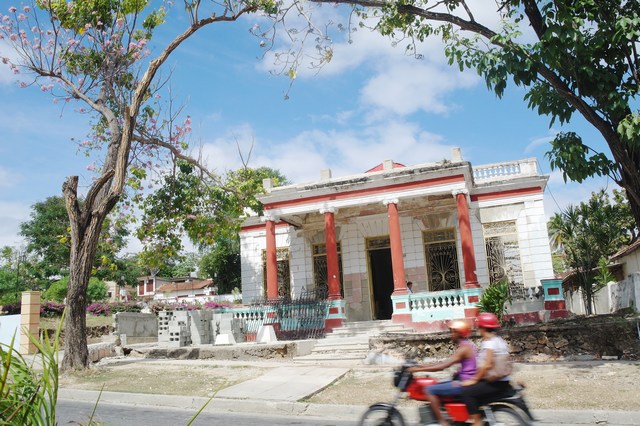
When it’s about to be 500 years old, this city, the indisputable cradle of bolero, trova and an illustrious group of outstanding figures, is going to have its Museum of Music that will be one of the most gorgeous institutions located on Manduley Avenue, between 5th and 7th streets, in Vista Alegre.
Click on Santiago de Cuba: A City of 500 Years
At the same time, this action entails the recovery of an architectural gem by giving the original image to the place that housed Carlos Segrera, a celebrity of urban architecture in Santiago during the first half of the 20th century and creator of some of the most beautiful buildings in Santiago de Cuba, not only at the historic core, but in Vista Alegre.
The halls of the property are crowded by builders and other people that are supporting the works, an action developed by the Culture sector in different buildings that are now ready to salute the 500th anniversary of the foundation of the village.
“The work is scheduled to be done by May 25, so it can be inaugurated within the framework of the 500th anniversary of the foundation of Santiago de Cuba village, but it won’t be a traditional museum, just like the ones we know: it is going to be a live museum, with artistic performances, such as Santiago’s trova.
“It’s not only going to be about Santiago de Cuba, but it will have a regional category… the whole Eastern area of the country”, Sergio Recasen Linares, chairman of the Music & Shows Marketing Company (ECME), said.
The initial idea for the opening ceremony includes a display on boldface names related to the music in Santiago and the entire region; as well as exhibits on Santiago’s Carnival and trova in halls dedicated to popular dance music and those genres.
As an art gallery, Segrera’s former house will be showcasing original instruments linked to the history of music, not only Cuban but international pieces.
According to Sergio Recasen, a collaboration link has been established with the National Museum of Music, headed by Gomez Cairo, and he pointed out:
“They are going to provide the instruments and we would make it up with texts, images, all in all, the contents of every exhibit.”
At the rear side of the mansion there is a stairs to the second floor. The dark wooden steps, very solid, are original pieces.
Upstairs, the builders are “taking chunks out of the walls” and working on the floor. This level is going to be occupied by the Museum’s administrative offices, since the first floor, nearly 90 percent of the property, divided into six halls, will be hosting exhibits.
The external area, gardens and façade, is going to be managed by ARTEX, with a cafeteria and artistic performances.
The task is being undertaken by members of the City Curator’s Monument Restoration Company, Education Ministry’s constructing entity and the Provincial Center of Cultural Heritage.
This museum, as a regional institution of music, will be housing displays of instruments from different eastern territories.
Sergio Recasen commented that the institution will be hosting traveling exhibits that would include, for instance, the stool where former Beatle Paul McCartney sit when he had lunch at Morro’s restaurant, during the only visit to Cuba of a member of the legendary British quartet, which would be complemented by other details of the musical work of that figure.
Heritage is also going to work with some exponents of “Bacardí”, and donations made by relatives of celebrities or owners of objects, documents, instruments of people that have stood out in Santiago’s musical universe.
Within 10 - 12 weeks the Museum of Music will be a reality at the city of Pepe Sanchez, Miguel Matamoros, Sindo Garay, Electo Rosell “Chepín”, Ñico Saquito, Pacho Alonso, Fernando Alvarez; the cradle of the authentic Cuban trova and choral and son movements; the village of Electo Silva and Enriquito Bonne… and, why not?: the institution will also stand as a tribute to Carlos Segrera, who used his imagination to make Santiago de Cuba be as beautiful as it is.








